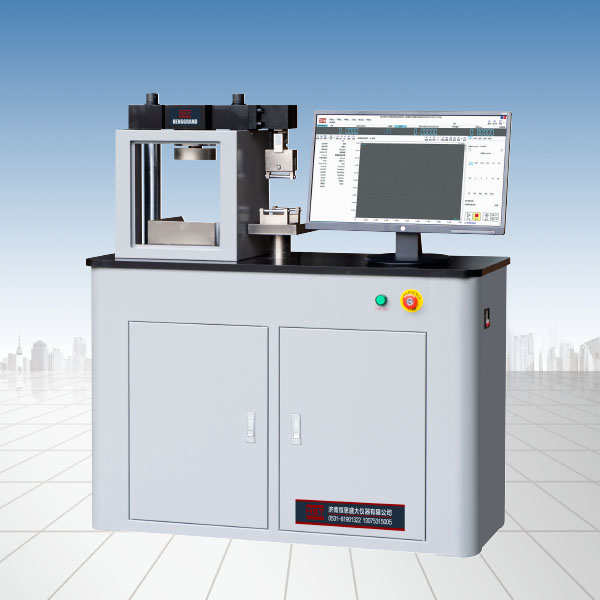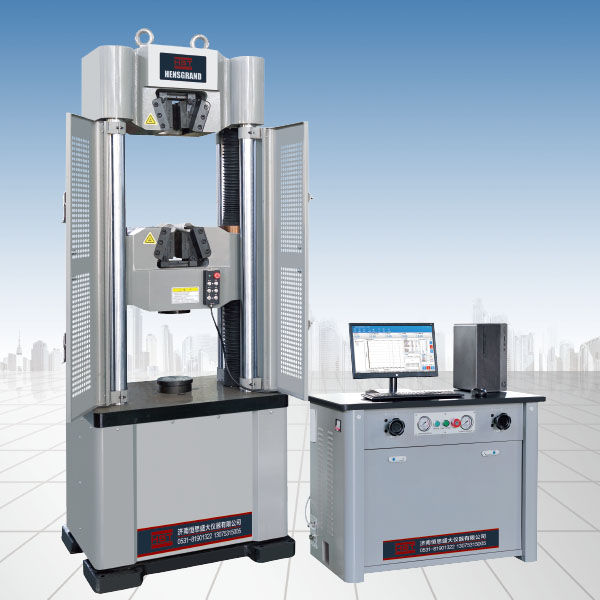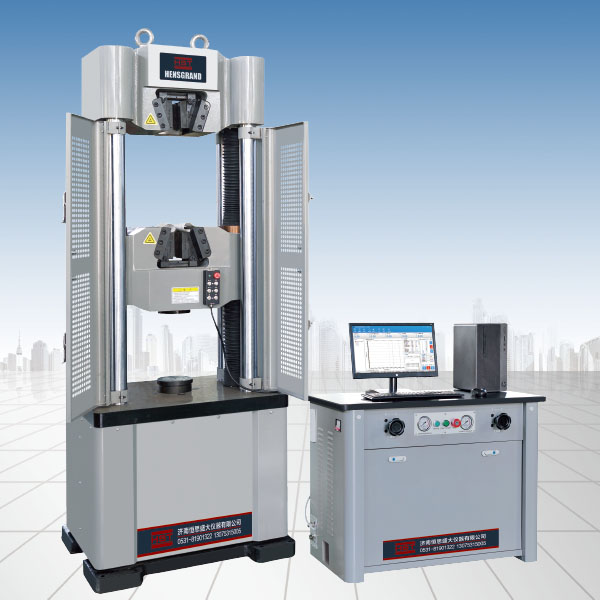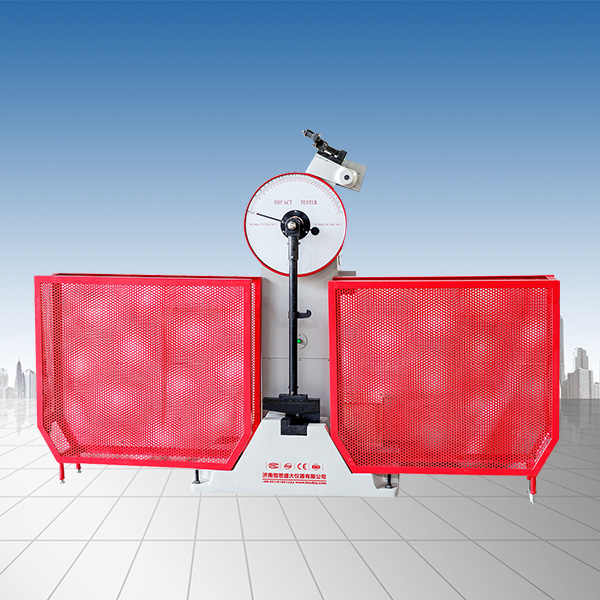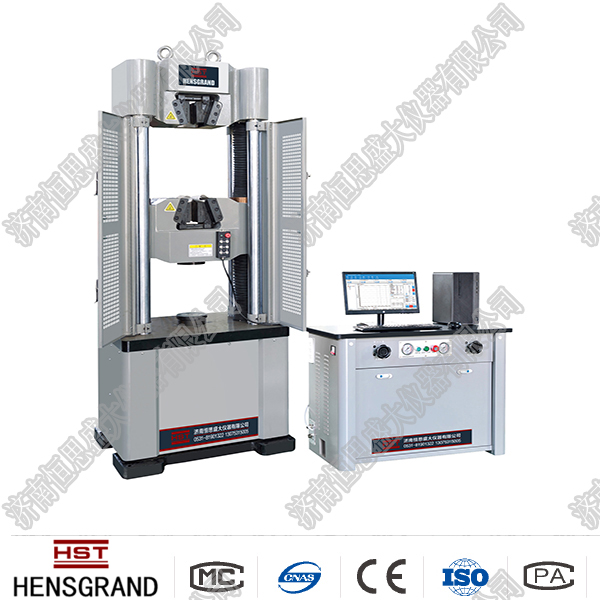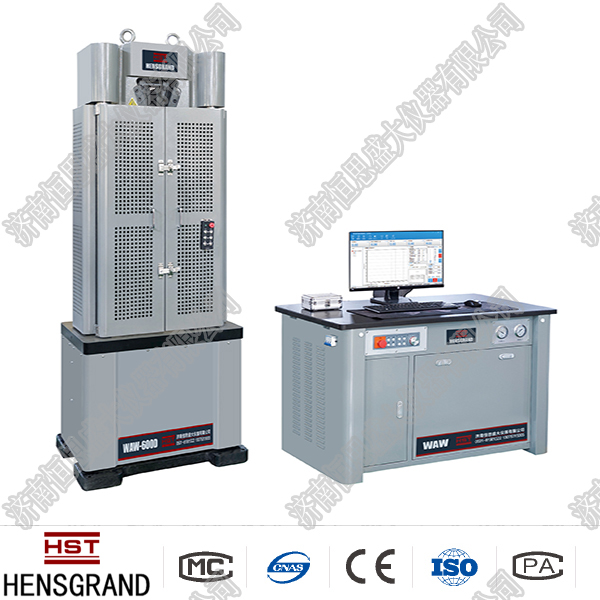Company News
Test machine fixture size
Release time:2018-11-23 source:Jinan Hengsi Shanda Instrument Co., Ltd. Browse:
The sample is pressurized by clamping the sample (or product) through the fixture.Universal testing machineThe magnitude of the test force that a fixture can withstand is a very important indicator of the fixture. It determines the size of the fixture structure and the labor intensity of the fixture operation. The sample materials are divided into metal and non-metal, and the shapes are divided into sizes. The composition of the material is various. The test force that the sample can withstand is as small as a few dozen centimeters (such as spandex wire for textiles), to dozens of tons, such as ordinary steel. The domestic electronic universal test machine has a test force of 1000KN, a level 1 machine, the sample size is as small as gold wire with a diameter of φ0.005mm, and PVC pipe with a diameter of 1.5m, etc. This requires the selection and design of different fixtures according to different test forces and the shape and size of the sample.
Tension testerThe fixture itself is a locking mechanism. The fixture for tensile testing machine has no fixed structure. According to different samples and test forces, there are great differences in structure. Samples with large test forces generally adopt a sloped clamping structure. As the test force increases, the clamping force increases accordingly. Shoulder samples adopt a suspended structure, etc. If the fixtures are divided according to the structure, they can be divided into wedge-shaped fixtures (referring to fixtures using the inclined locking principle), clamping fixtures (referring to fixtures using the single-sided or double-sided threaded top tightening principle), winding fixtures (referring to fixtures using the specimen through winding), eccentric fixtures refer to (referring to fixtures using the eccentric locking principle), lever clamps (referring to fixtures using the lever force amplification principle), shoulder clamps (referring to fixtures suitable for shoulder specimens), bolt clamps (referring to fixtures suitable for bolts, screws, studs and other test thread strength), 90° peeling fixtures (referring to fixtures suitable for two samples for hanging and straight peeling), etc.
For general metal and non-metallic specimens, the jaws of the fixtures are directly in contact with the specimen. Generally, high-quality alloy structural steel, alloy high-carbon steel or low-carbon alloy steel, cold-work mold steel, etc. are used to increase their strength and wear resistance through appropriate heat treatment processes. Sometimes special steel is also installed at the jaws, or gold steel sand is sprayed on the surface of the jaws (suitable to clamp harder metal materials, such as steel strands, etc.).
- Previous article:Test of impact resistance of plastic film
- Next article:Introduction to the functions of tensile testing machine
Recommended productsPRODUCTS


















